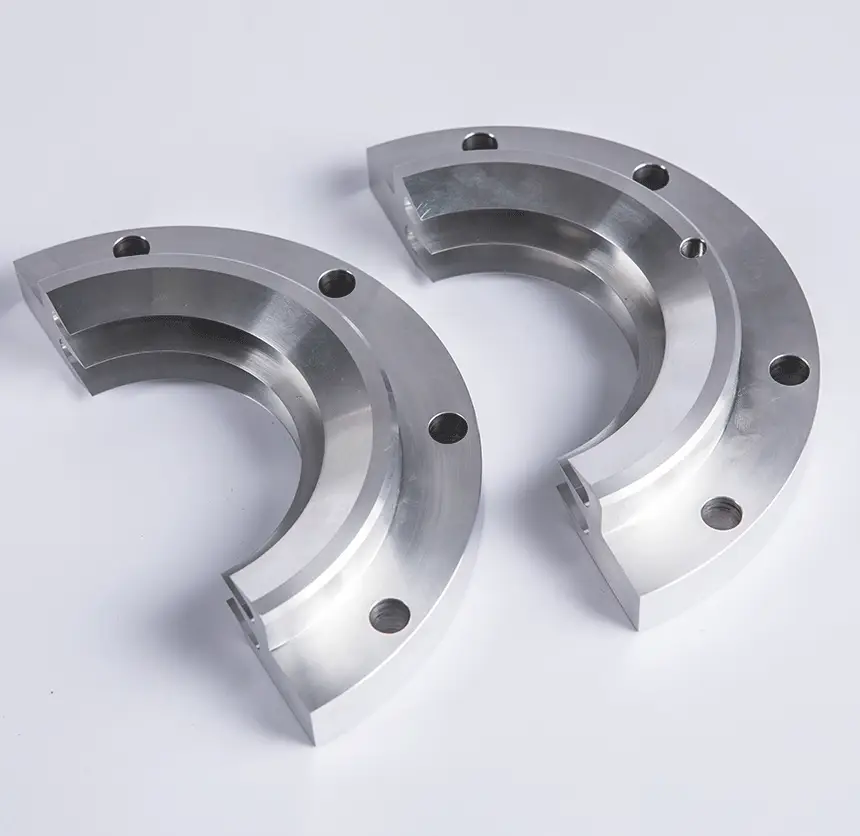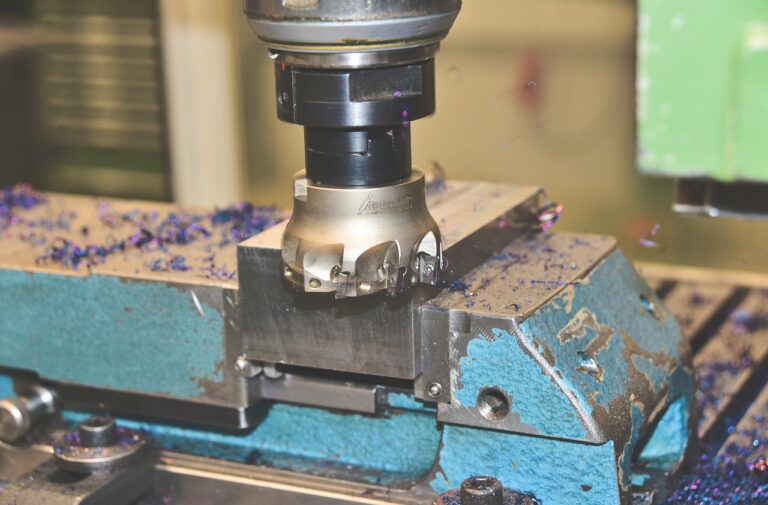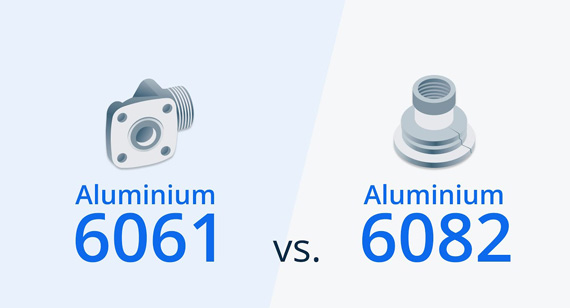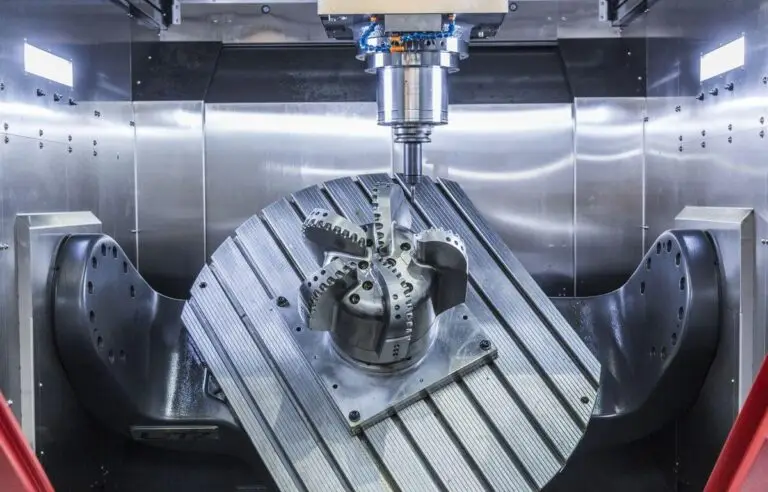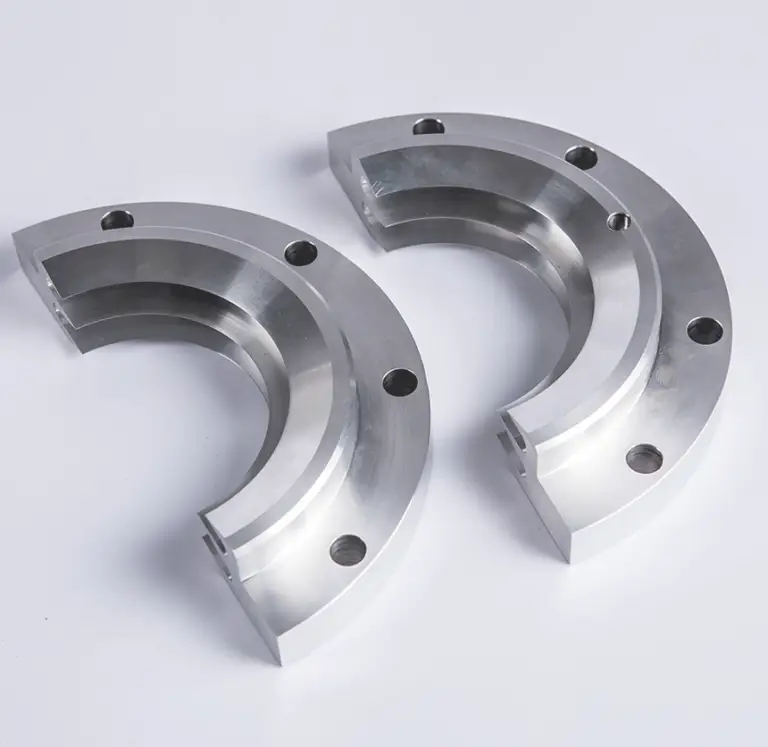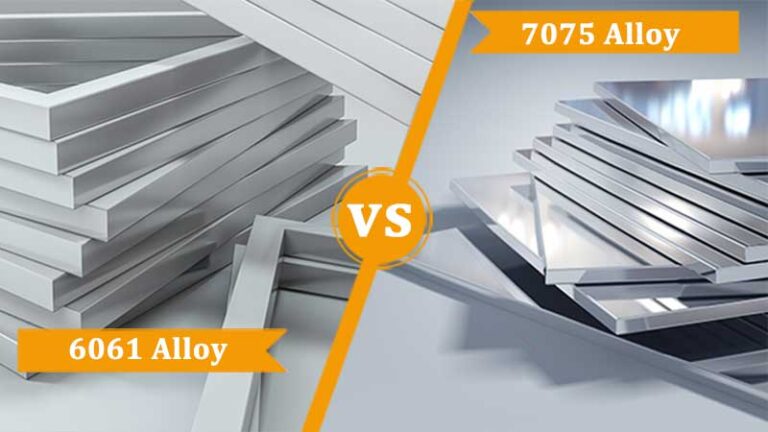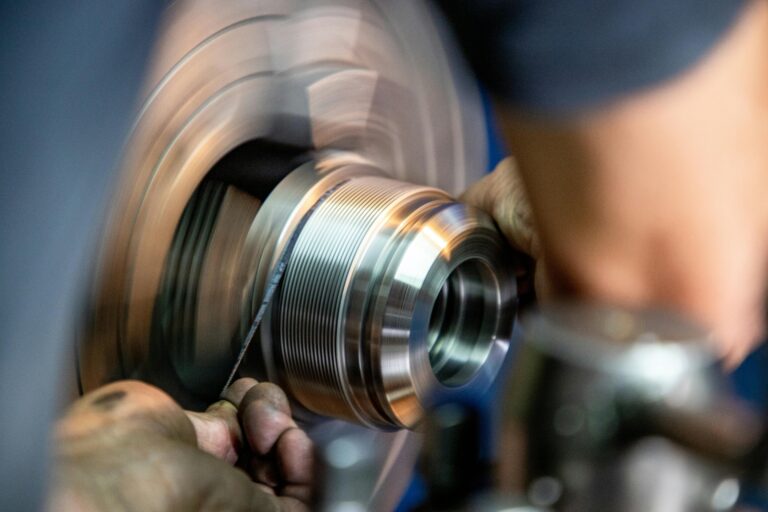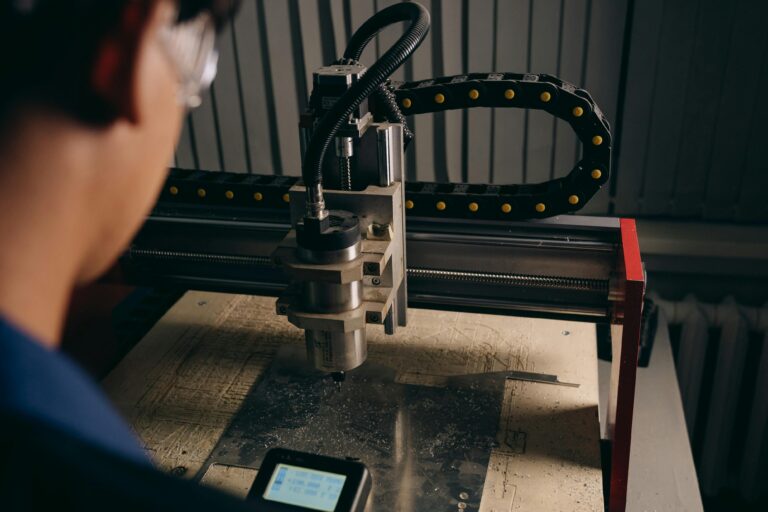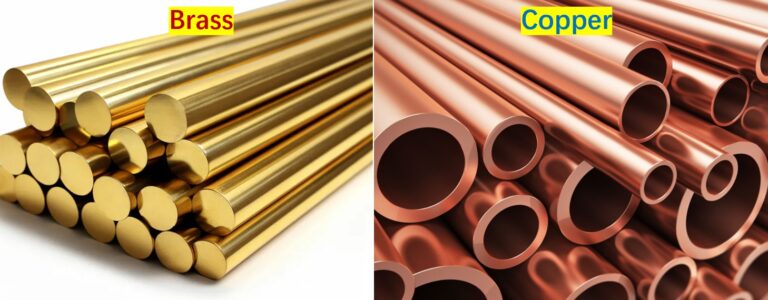Choosing between 316 and 316L stainless steel for cnc machining is not just about corrosion resistance—they share much in common, but subtle differences in carbon content, weldability, and strength make them fit different jobs. Here’s a clear breakdown to help you decide which grade works better for your needs.
Carbon Content
The main difference lies in carbon. 316 stainless steel contains up to 0.08% carbon, while 316L is limited to 0.03%. The lower carbon content reduces carbide formation during welding and improves resistance to intergranular corrosion. The “L” quite literally stands for “low carbon.”
Corrosion Resistance
Both grades are highly resistant to corrosion in chloride-rich and marine environments. However, 316L performs better after welding or in environments where the material is exposed to repeated cleaning and sterilization, as the reduced carbon prevents weld decay.
Weldability and Fabrication
If welding is part of the design, 316L is the safer choice. It avoids carbide precipitation, meaning it does not require post-weld heat treatment. Standard 316 may need annealing after welding to restore corrosion resistance, making it less convenient for fabricators.
Mechanical Strength
Thanks to its higher carbon content, 316 stainless steel has slightly greater tensile strength and hardness. On the other hand, 316L is more ductile and easier to form, which helps when bending, deep drawing, or shaping parts.
Heat Resistance
Both grades perform well at elevated temperatures—resisting scaling and maintaining strength up to about 2000°F (1093°C). Still, 316L is less prone to sensitization during prolonged exposure to welding heat.
Applications
-
- 316 stainless steel: Common in high-stress, structural, and load-bearing uses, such as brackets, fasteners, and heat exchangers.
-
- 316L stainless steel: Preferred in industries requiring sanitary and welded structures, like medical devices, food processing, and pharmaceutical equipment.
Magnetic Properties
Both grades are austenitic and non-magnetic in their annealed state. Cold working or welding can induce slight magnetism, but 316L tends to show less change.
Cost Consideration
The price difference between 316 and 316L is usually minimal. Market fluctuations and supplier conditions have more influence than the small carbon difference.
Nitrogen Addition
Some producers enhance 316L with nitrogen (known as 316LN). This addition improves mechanical strength and corrosion resistance, making it even better suited for aggressive or marine environments.
Quick Comparison Table
| Property | 316 Stainless Steel | 316L Stainless Steel |
|---|---|---|
| Carbon Content | Up to 0.08% | Up to 0.03% (“Low”) |
| Strength | Slightly higher | Slightly lower, more ductile |
| Weldability | May require post-weld heat | Excellent, no post-weld needed |
| Corrosion Resistance | Excellent, less after welding | Excellent, especially after welds |
| Heat Resistance | Up to ~2000°F (1093°C) | Similar, less prone to sensitization |
| Applications | Structural, high-stress | Welded, sanitary, medical, food |
Choosing the Right Grade
-
- Pick 316 if you need higher strength in structural or load-bearing parts.
-
- Choose 316L if welding, corrosion resistance in harsh cleaning cycles, or medical/food safety are priorities.
Both grades belong to the same family and share durability, toughness, and marine-grade corrosion resistance. The choice depends less on cost and more on fabrication method and service environment.

